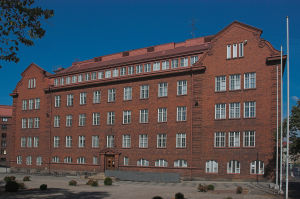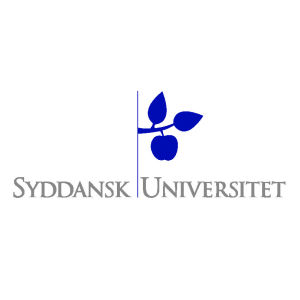The International Material Handling Research Colloquium (IMHRC) purpose is to share world-class research accomplishments, projects and trends in the field of material handling, facility logistics and intralogistics.
It aims to facilitate dialog and collaborative research by teams of university researchers on leading edge topics of interest to end users as well as technology and solutions providers. The Colloquium operates on an immersion philosophy of complete participation by all participants in all the Colloquium events. The Colloquium program includes a mix of invited presentations, facilitated discussions, poster sessions, facility tours and social events.
The first Research Colloquium took place June 1990 on the corporate campus of Litton Industrial Automated Systems in Hebron, Kentucky, USA. The success of this Colloquium prompted the conduct of other Colloquia: in 1992 in Milwaukee, Wisconsin, USA at the corporate headquarters of Rockwell Automation/Allen-Bradley; in 1994 in Grand Rapids, Michigan, USA at the corporate headquarters of Rapistan Demag Corporation; in 1996 in ‘s-Hertogenbosch, the Netherlands, at the corporate headquarters of Vanderlande Industries; in 1998 in Chandler, Arizona, USA at the headquarters of Motorola Corporation; in 2000 in York, Pennsylvania, USA at the headquarters of St. Onge Company; in 2002 in Portland, Maine, USA at the headquarters Southworth International; in 2004 in Graz, Austria on the campus of Technical University of Graz with additional financial support provided by Knapp, Salomon, SSI Schaefer Peem, and TGW; in 2006 in Salt Lake City, Utah, USA at the headquarters of Daifuku America; in 2008 in Dortmund, Germany hosted by the Fraunhofer Institute for Material Flow and Logistics (IML) at the University of Dortmund with support provided by Beumer and Savoye; in 2010 in Milwaukee, USA, financially supported by RedPrairie and HK Systems, with the Center for Supply Chain Management at Marquette University serving as academic host; and in 2012 in Gardanne, France, hosted and financially supported by École Nationale Supérieure des Mines de SaintÉtienne (EMSE) who served as academic host. The 2014 industrial host is Intelligrated.
Andrew Johnson’s research lab presented “Order batching with time constraints in a parallel-aisle warehouse: a multiple-policy approach”. This paper investigate the potential gains in terms of reduced blocking and delays in order picking systems when multiple routing strategies and order gather strategies are considered. The paper will appear as part of the conference proceedings.
http://www.mhi.org/cicmhe/colloquium






